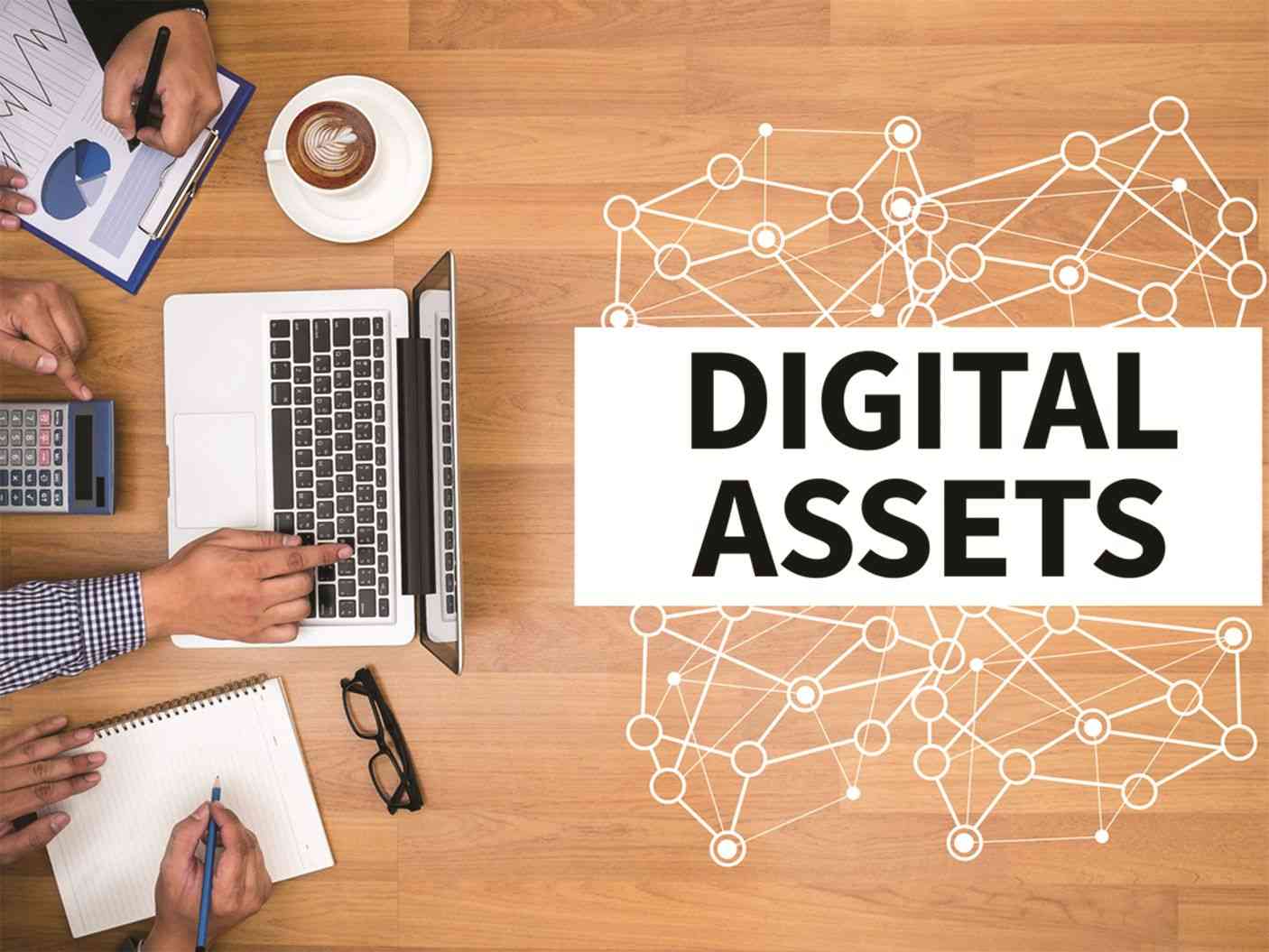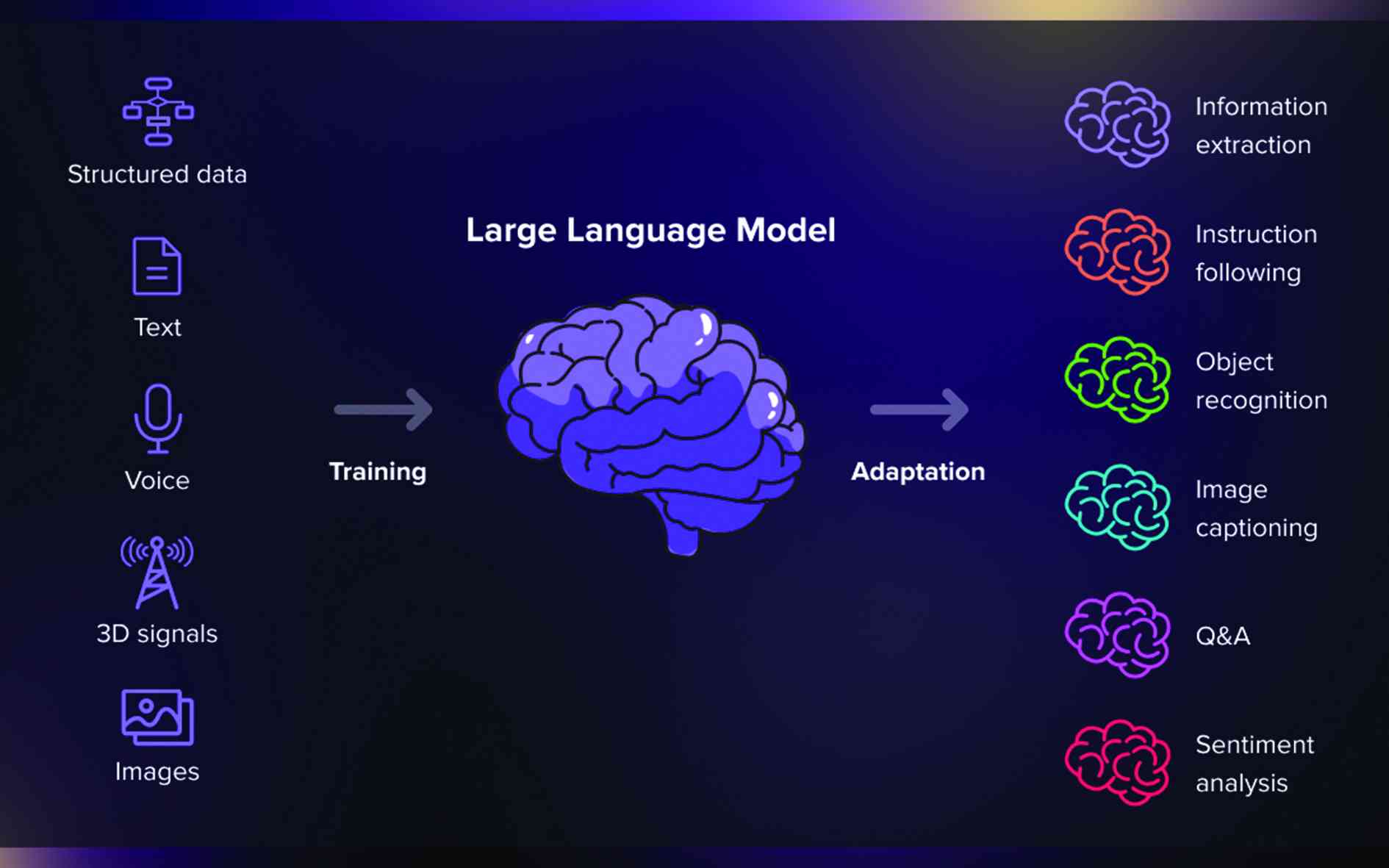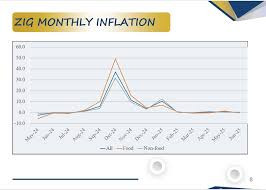
TRADITIONAL asset management is undergoing a profound revolution that will disrupt the industry worldwide.
The digital tokenisation of both virtual and real-world assets (RWA) is swiftly becoming the new paradigm for managing assets. This shift, while still unfolding, promises to reshape the global investment landscape.
I recently had the pleasure of meeting Con Bruce, a well-known entrepreneur in South Africa’s financial services space, and Duane Herholdt, an ICT guru and CEO of DAMREV (Digital Asset Management Revolution).
Based in Cape Town, DAMREV is a global leader in digital asset management and a first mover in South Africa for tokenising real-world assets.
DAMREV specialises in ISO 20022 compliant tokenisation of real-world assets (RWA), ensuring their blockchain solutions meet international regulatory standards, offering both security and interoperability to the global asset management industry.
From my discussions with them and my own research, it is evident that asset management as we know it is evolving, with tokenisation at its core. The momentum of this revolution is quietly building on a global scale.
Why Tokenisation
Will Change the Game Tokenisation is the process by which an underlying asset, tangible or intangible, is converted into a digital token via blockchain technology.
- Digital asset management is here
Keep Reading
These tokens act as digital proxies for the underlying assets. Almost every asset can be tokenised, from bonds, commodities, and investment funds to real estate, artwork, and other alternative assets.
Tokenisation presents numerous advantages which include:
Cost efficiency: According to HSBC, tokenisation can disrupt traditional asset management by significantly reducing costs. The use of smart contracts and blockchain eliminates intermediaries, reduces administrative overhead, and provides seamless, automated compliance processes.
Security and transparency: The inherent nature of blockchain ensures that once ownership is established and recorded on the distributed ledger, no single authority can alter or erase ownership records, providing unparalleled security and transparency for investors.
Access to broader markets: Tokenisation democratises investment, allowing everyday investors access to opportunities once reserved for high-net-worth individuals (HNWI) and institutional investors. By fractionalising large assets, tokenisation enables individuals to participate in asset classes that were previously out of reach.
Financial inclusion
One of the most transformative aspects of tokenisation is its potential to drive financial inclusion. In regions where traditional financial systems have often excluded individuals due to high barriers of entry, tokenisation presents a game-changing solution.
Through fractional ownership, smaller investors can now access a wide variety of assets at affordable entry points. For example DAMREV, has partnered with the National Cooperative Association of South Africa (NCASA) with 1,6 million members to pioneer financial inclusion by offering investment opportunities to underserved populations.
Through tokenisation NCASA’s members now have the chance to invest in assets such as copper, real estate, and even mining projects through fractional ownership, previously unavailable to them.
This democratisation of finance opens the door for millions of people to participate in wealth generation.
Tokenised assets, backed by real-world properties and commodities, provide a new level of accessibility, transparency, and security.
How does tokenisation Work?
An issuer such as DAMREV, creates digital tokens on a blockchain representing either digital or physical assets. Blockchain, a distributed ledger technology (DLT), ensures simultaneous access, validation, and record updating across a network.
Once tokens are purchased, the ownership is immutable, enhancing investor confidence and securing the underlying assets.
Private equity, real estate, and traditional investment funds are set to benefit significantly from tokenisation due to increased liquidity, operational efficiencies, and expanded market accessibility.
Tokenisation not only facilitates fractional ownership but also embeds regulatory compliance and Know Your Customer (KYC) processes directly into the digital tokens, streamlining on boarding and reducing costs.
Challenges and opportunities
While tokenisation holds immense potential, the process is not without its complexities.
Tokenising real-world assets requires a robust legal and regulatory framework, which is still under development in many jurisdictions.
For tokenised assets to succeed, it is crucial to have clear regulations governing their issuance and trading. Additionally, the creation of a liquid secondary market, where tokens can be easily traded much like shares on stock exchanges, is a critical factor for widespread adoption and long-term success.
There are still significant hurdles to overcome, particularly around legal compliance, investor protection, and creating transparent and efficient trading ecosystems.
Regulatory bodies worldwide are grappling with how to handle tokenised assets, and the establishment of standards that ensure security and trust for investors is ongoing.
Furthermore, the technical expertise required to manage tokenisation, especially for real-world assets, adds a layer of complexity to the process.
Despite these challenges, the revolution is advancing quickly.
McKinsey & Company estimate that by 2030, tokenised assets will represent approximately US$2 trillion in global asset management — excluding crypto currencies like Bitcoin and stablecoins like Tether.
As this momentum gathers, early adopters will have a distinct advantage, but they must act quickly to stay ahead of the curve. Recognising the need for robust solutions in this evolving space, organisations such as DAMREV are actively addressing these challenges by ensuring full compliance with the Financial Sector Conduct Authority (FSCA) under the Crypto Asset Service Provider (CASP) framework.
This regulatory compliance guarantees that DAMREV’s operations are fully aligned with South African financial regulations, providing both security and trust to investors.
Furthermore, DAMREV works closely with regulatory bodies to help construct a framework specifically designed for tokenising real-world assets in the African context.
There is no doubt that tokenisation will disrupt the tradition of the asset management industry globally while creating access to investments for a new class of investors.
What will be key is closing the knowledge gap and access to the internet for millions of Africans out there.
The revolution is here!
- Musewe is an economist and a business development strategy advisor. — vtmusewe@gmail.com. These weekly New Perspectives articles, published in the Zimbabwe Independent, are coordinated by Lovemore Kadenge, an independent consultant, managing consultant of Zawale Consultants (Pvt) Ltd, past president of the Zimbabwe Economics Society and past president of the Chartered Governance & Accountancy Institute in Zimbabwe (CGI Zimbabwe). — kadenge.zes@gmail.com or mobile: +263 772 382 852.










